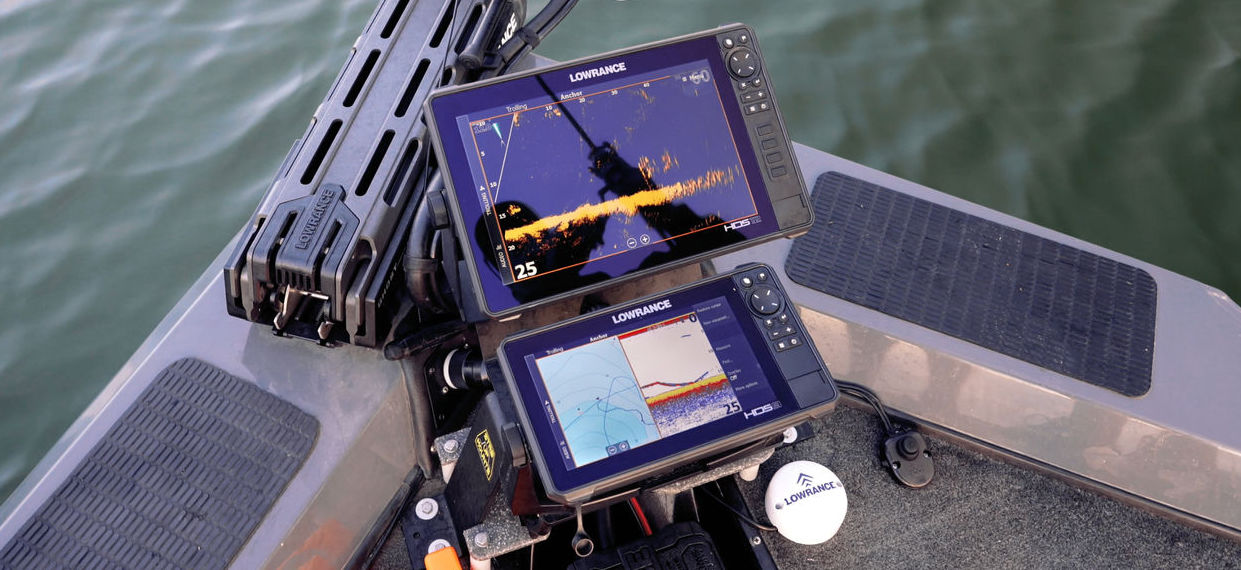Forward Facing Sonar (FFS) is changing the pursuit of largemouth bass. FFS anglers stare at big screens and chase bass in open waters. Bass fans argue this doesn’t produce a compelling sport.
Addressing the technological imbalance, BASSMASTERS is enacting FFS restrictions for 2025, limiting transducers and screens. Major League Fishing (MLF) is limiting use.
Bassmaster Elite Series BassCat Mercury pro John Crews says, contrary to social media, FFS involves finding and evaluating significant areas. Examining contour lines puts you in the vicinity of key high percentage spots.
Crews says FFS can distinguish how fish relate to cover, reveals fish mood, location, and whether they’re suited to being chased with trolling motors. Anglers decide how many fish need to be in an area to determine FFS potential.
Spinning rods are rigged for minnows and drop shots. Jig weight is according to depth and wind. Missile Baits minnow imitations and drop shot baits come in many shapes, sizes, and colors. Crews downsizes his Sunline because thinner line runs deeper and is less affected by wind. Drop shot leaders are up to 20 feet, shorter for minnow baits. In clear water or when FFS indicates spooky fish, longer rods make longer casts. In heavier cover, Crews beefs up leaders.
Crews says waypoints marking fish waste time for open water fish, except to identify general locations or cover. Fish moving during the day make FFS challenging. Finding them again is the key to winning. Most pros are quiet about their systems.
A significant change for 2025, Major League Fishing (MLF) is giving anglers the option to use FFS during one of three periods. Triton Mercury pro Brent Chapman says strategy of when to use FFS is compelling for fans. Chapman notes this will differentiate angler skills from the FFS impact.
Chapman points to FFS distance settings are based on how close they can get to fish. Shorter distances show detail, including how fish react to lures, allow anglers to target individual fish. Longer range settings enable long casts to groups of fish.
Decisions are based on hookup percentage. Lower rates indicate bait or presentation changes. Abandoning a fish then returning might be the best way to approach individual fish.
Using FFS in high school through college gives younger anglers a technological leg up without having to rely on old school mapping or visual targets. FFS pre-fishing with Side Imaging locates fish. Anglers chase with trolling motors to see fish size. Unlike traditional tournament practice periods, there’s not much casting with FFS.
Chapman says established pros are committing to FFS. Good installation and set-up maximizes his Garmin FFS effectiveness. Transducers rigged for distance, power supply, and voltage result in better pictures. Gain, range, color gain and limit, and ghost settings are secrets unlikely shared.
FFS works until screens go dark. Electronics reliance negates and/or reduces time on the water knowledge and experience. Tournament organizations and anglers will adjust as technology advances. It’s only a matter of time until anglers target the same fish from hundreds of feet away. Fans will decide if they watch.



